Next: 7.4 General Similarities Up: 7 Results and Applications Previous: 7.2 Reflective Symmetries Contents
![\begin{subfigure}
% latex2html id marker 15377
[b]{0.35\textwidth}
\centering
...
...th=0.64\textwidth]{figures/n-polygon}
\caption{2D $n$-polygon}
\end{subfigure}](img1457.gif)

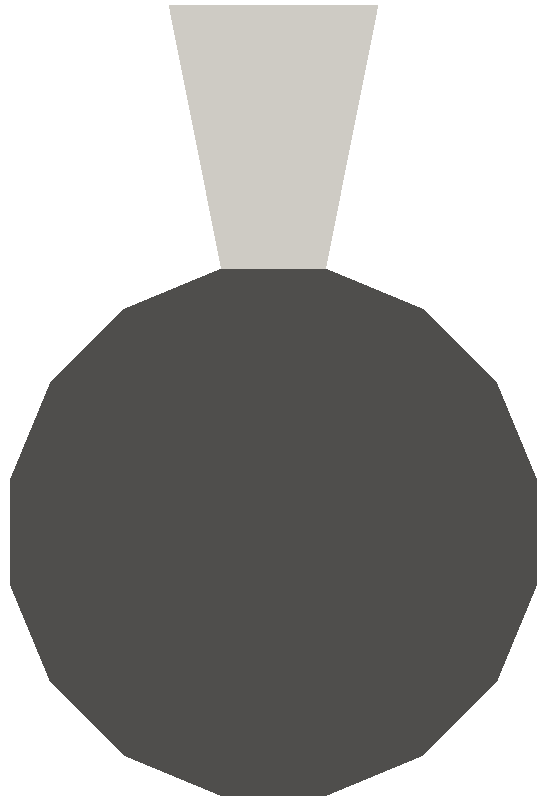
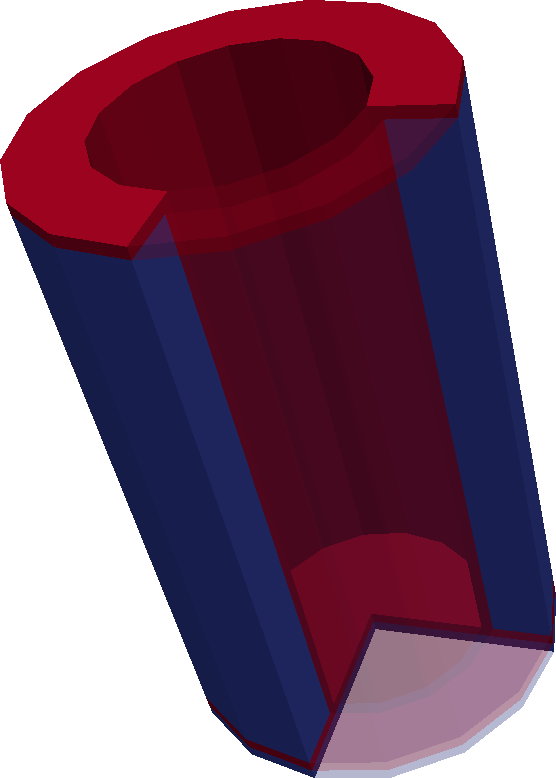


Both objects have a rotational symmetry order of |
![\begin{subfigure}
% latex2html id marker 15427
[b]{0.48\textwidth}
\centering
...
...igures/benchmark/circle_time_cc}
\caption{TS runtime speedups}
\end{subfigure}](img1476.gif)
![\begin{subfigure}
% latex2html id marker 15433
[b]{0.48\textwidth}
\centering
...
...{figures/benchmark/circle_size_cc}
\caption{TS memory savings}
\end{subfigure}](img1477.gif)
![\begin{subfigure}
% latex2html id marker 15441
[b]{0.48\textwidth}
\centering
...
...s/benchmark/circle_time_cc_sao}
\caption{SAO runtime speedups}
\end{subfigure}](img1478.gif)
![\begin{subfigure}
% latex2html id marker 15447
[b]{0.48\textwidth}
\centering
...
...res/benchmark/circle_size_cc_sao}
\caption{SAO memory savings}
\end{subfigure}](img1479.gif)
![\begin{subfigure}
% latex2html id marker 15455
[b]{0.48\textwidth}
\centering
...
...{figures/benchmark/circle_time_rso}
\caption{Runtime speedups}
\end{subfigure}](img1480.gif)
![\begin{subfigure}
% latex2html id marker 15461
[b]{0.48\textwidth}
\centering
...
...h]{figures/benchmark/circle_size_rso}
\caption{Memory savings}
\end{subfigure}](img1481.gif)
The top row and middle row visualizes benchmark results for different cell count values for the TS and SAO approach, respectively.
The dashed black lines indicate the expected runtime and memory savings of the different rotational symmetry orders
|
![\begin{subfigure}
% latex2html id marker 16064
[b]{0.95\textwidth}
\begin{cente...
...gon, smallest angle = $20.0\degree$, cell size = $\num{5e-05}$}
\end{subfigure}](img1487.gif)
![\begin{subfigure}
% latex2html id marker 16074
[b]{0.95\textwidth}
\begin{cente...
...gon, smallest angle = $30.0\degree$, cell size = $\num{5e-05}$}
\end{subfigure}](img1488.gif)
![\begin{subfigure}
% latex2html id marker 16084
[b]{0.95\textwidth}
\begin{cente...
...on, smallest angle = $10.0\degree$, cell size = $\num{0.0001}$}
\end{subfigure}](img1489.gif)
![\begin{subfigure}
% latex2html id marker 16094
[b]{0.95\textwidth}
\begin{cente...
...on, smallest angle = $20.0\degree$, cell size = $\num{0.0001}$}
\end{subfigure}](img1490.gif)
![\begin{subfigure}
% latex2html id marker 16104
[b]{0.95\textwidth}
\begin{cente...
...on, smallest angle = $30.0\degree$, cell size = $\num{0.0001}$}
\end{subfigure}](img1491.gif)
A selection of smallest angle quality histograms of meshes of |
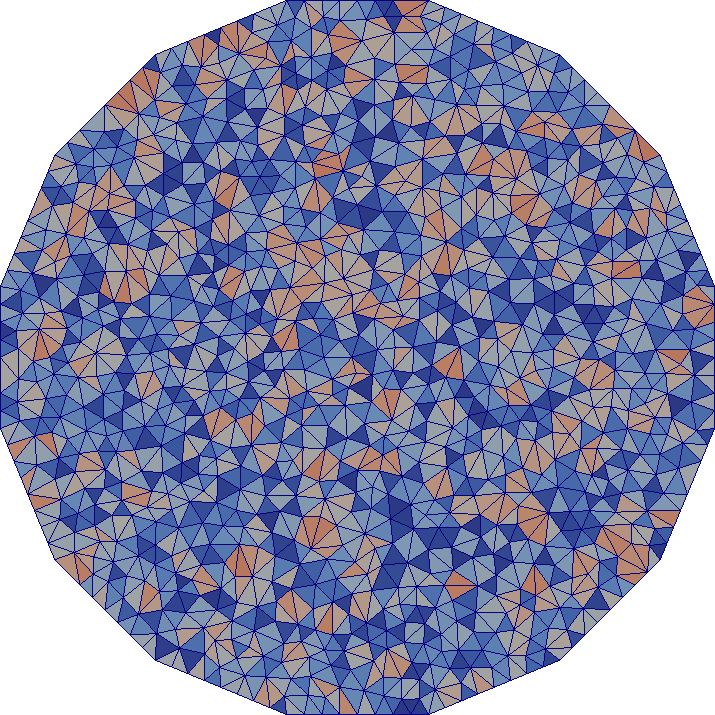
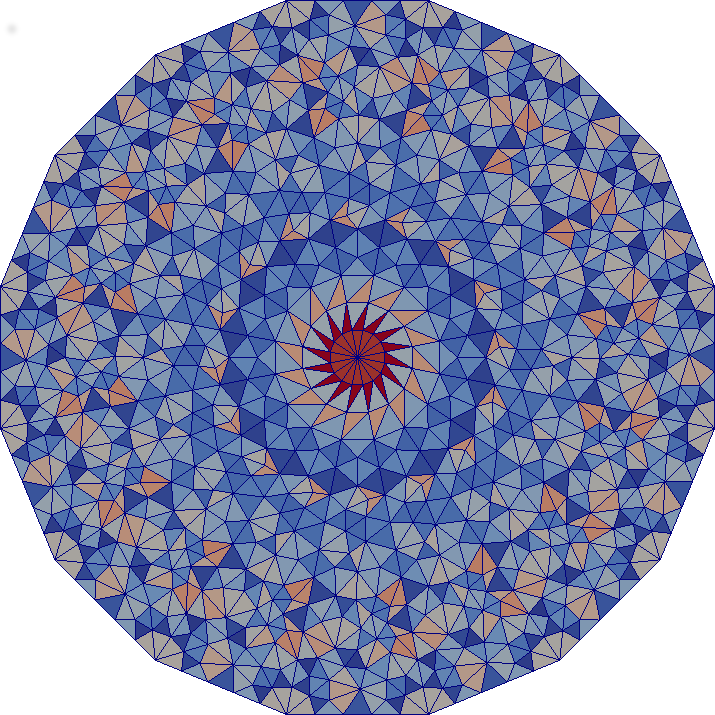
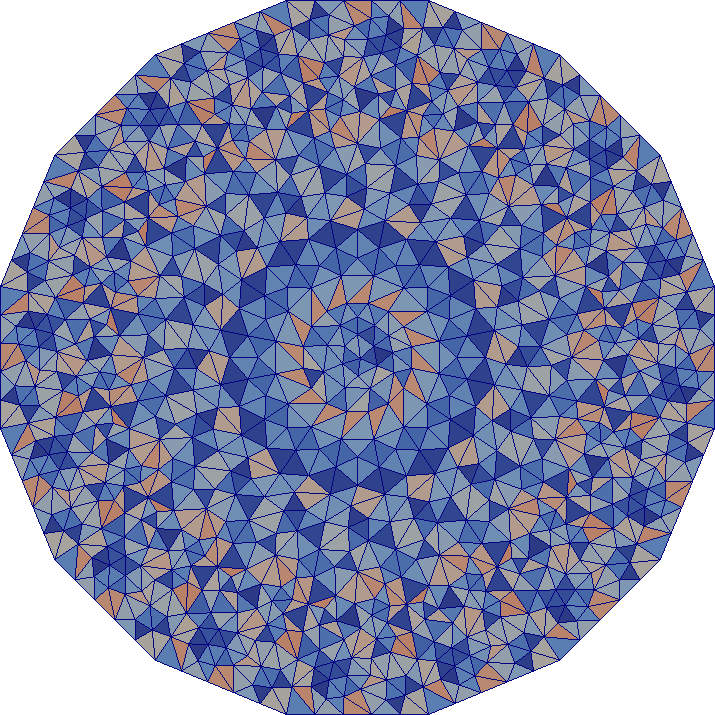
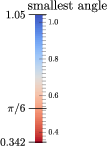
All meshes have been generated with a requested cell size of
|
![\begin{subfigure}
% latex2html id marker 16160
[b]{0.48\textwidth}
\centering
...
...]{figures/benchmark/tsv_time_cc}
\caption{TS runtime speedups}
\end{subfigure}](img1509.gif)
![\begin{subfigure}
% latex2html id marker 16166
[b]{0.48\textwidth}
\centering
...
...th]{figures/benchmark/tsv_size_cc}
\caption{TS memory savings}
\end{subfigure}](img1510.gif)
![\begin{subfigure}
% latex2html id marker 16174
[b]{0.48\textwidth}
\centering
...
...ures/benchmark/tsv_time_cc_sao}
\caption{SAO runtime speedups}
\end{subfigure}](img1511.gif)
![\begin{subfigure}
% latex2html id marker 16180
[b]{0.48\textwidth}
\centering
...
...igures/benchmark/tsv_size_cc_sao}
\caption{SAO memory savings}
\end{subfigure}](img1512.gif)
![\begin{subfigure}
% latex2html id marker 16188
[b]{0.48\textwidth}
\centering
...
...th]{figures/benchmark/tsv_time_rso}
\caption{Runtime speedups}
\end{subfigure}](img1513.gif)
![\begin{subfigure}
% latex2html id marker 16194
[b]{0.48\textwidth}
\centering
...
...idth]{figures/benchmark/tsv_size_rso}
\caption{Memory savings}
\end{subfigure}](img1514.gif)
The top row and middle row visualizes benchmark results for different cell count values for the template slice and small angle optimization approach, respectively.
The dashed black lines indicate the expected runtime speedups and memory savings of the different rotational symmetry orders
|
florian 2016-11-21